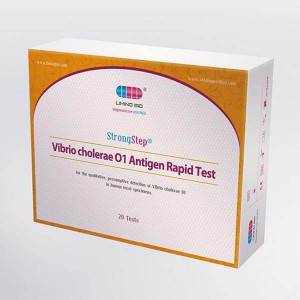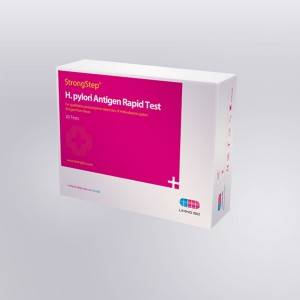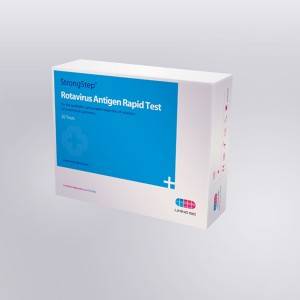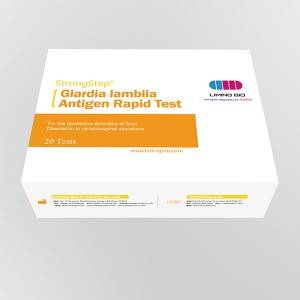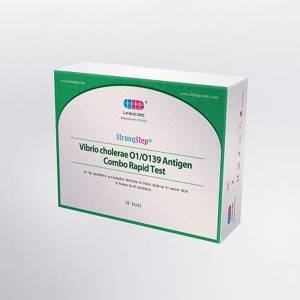Vibrio cholerae O1 Antigen Rapid Test
INTRODUCTION
Cholera epidemics, caused by V.cholerae serotype O1, continue to be a devastating disease of immense global significance in many developing countries. Clinically, cholera may range from asymptomatic colonization to severe diarrhea with massive fluid loss, leading to dehydration, electrolyte disturbances, and death. V. cholerae O1 cause this secretory diarrhea by colonization of the small intestine and production of a potent cholera toxin, Because of the clinical and epidemiological importance of cholera, it is critical to determine as quickly as possible whether or not the organism from a patient with watery diarrhea is positive for V.cholera O1. A fast, simplr and reliable method for detecting V.cholerae O1 is a great value for clinicians in managing the disease and for public health officials in instituting control measures.
PRINCIPLE
The Vibrio cholerae O1 Antigen Rapid Test Device (Feces) detects Vibrio cholerae O1 through visual interpretation of color development on the internal strip. Anti- Vibrio cholerae O1 antibodies are immobilized on the test region of the membrane. During testing, the specimen reacts with anti- Vibrio cholerae O1 antibodies conjugated to colored particles and precoated onto the sample pad of the test. The mixture then migrates through the membrane by capillary action and interacts with reagents on the membrane. If there is sufficient Vibrio cholerae O1 in the specimen, a colored band will form at the test region of the membrane. The presence of this colored band indicates a positive result, while its absence indicates a negative result. The appearance of a colored band at the control region serves as a procedural control, indicating that the proper volume of specimen has been added and membrane wicking has occurred.
PRECAUTIONS
• For professional in vitro diagnostic use only.
• Do not use after the expiration date indicated on the package. Do not use the test if the foil pouch is damaged. Do not reuse tests.
• This kit contains products of animal origin. Certified knowledge of the origin and/or sanitary state of the animals does not completely guarantee the absence of transmissible pathogenic agents. It is therefore, recommended that these products be treated as potentially infectious, and handled by observing usual safety precautions (e.g., do not ingest or inhale).
• Avoid cross-contamination of specimens by using a new specimen collection container for each specimen obtained.
• Read the entire procedure carefully prior to testing.
• Do not eat, drink or smoke in any area where specimens and kits are handled. Handle all specimens as if they contain infectious agents. Observe established precautions against microbiological hazards throughout the procedure and follow standard procedures for proper disposal of specimens. Wear protective clothing such as laboratory coats, disposable gloves and eye protection whenspecimens are assayed.
• The specimen dilution buffer contains sodium azide, which may react with lead or copper plumbing to form potentially explosive metal azides. When disposing of specimen dilution buffer or extracted samples, always flush with copious quantities of water to prevent azide buildup.
• Do not interchange or mix reagents from different lots.
• Humidity and temperature can adversely affect results.
• Used testing materials should be discarded according to local regulations.



